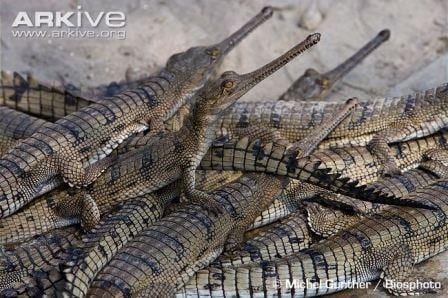Specimen of the Week: Week Ninety-Six
By Emma-Louise Nicholls, on 12 August 2013
 Four blogs away from the big 1-0-0! In the run up to the 100th blog I am going to bring to you the top ten specimens at the Grant Museum, as voted for by…. me. I have employed strict criteria with which to segregate the top ten from the other 67,990 specimens that we have in our care…
Four blogs away from the big 1-0-0! In the run up to the 100th blog I am going to bring to you the top ten specimens at the Grant Museum, as voted for by…. me. I have employed strict criteria with which to segregate the top ten from the other 67,990 specimens that we have in our care…
1) It must not be on permanent display, giving you a little behind-the-scenes magic, if you will, as the specimen will then go on display for the week of which it has been named ‘Specimen’. Oh yes. That’s almost as good as our exhibition It Came From The Stores. Almost.
2) It must have at some point in the past made me say ‘woooo’ out loud (given my childlike disposition for expressing wonderment at the world at large, this is not necessarily a hard qualification for the specimen to achieve)
3) I must know (at least in a vague sort of a way) what species the specimen is, as SotW is researched and written within a strict one hour time frame.
With that in mind, at Number Five, this week’s Specimen of the Week is…
**The teeny tiny baby gharial skull**

The baby gharial skull (Gavialis gangeticus) from the Grant Museum of Zoology and a ten pen piece from a colleague’s wallet. LDUCZ-X134
1) A baby gharial starts with an adult boy and an adult girl. Female gharials become sexually mature at around the age of ten, depending on the growth rate of the individual. They seem to become sexually active at around 3 metres in total body length. Males reach sexual maturity at around 4 metres in length. A male will have a harem of women to keep him on his toes. It sounds great, but it’s a lot of hard work to protect his harem from contenders to his mating rights.
2) Gharials get excited about Christmas. Or perhaps, it’s coincidence, but their mating period lasts for around two months over November and December, and into January. When about to get down to business, the male and female rub their long thin snouts over each other. The male will also follow the female around and they are ready (or probably, until she is ready, as it normally goes). When the female raises her head, the male knows it’s time to put the mood music on. They mate beneath the water, for up to 30 minutes at a time.

A number of baby gharials at a breeding centre (Image by
Michel-Gunther/Biosphoto. Image taken from www.arkive.org)
3) After the breeding period comes, of course, the nesting period. The female will make a nest in a steep sandy bank. For a reason yet to be fully determined, she will dig several holes before settling on one. Maybe female gharials are known amongst their reptile friends for being perfectionists. The hole tends to be half a metre across, and between 3 and 5 meters from the water. Between 35 and 60 eggs are laid (the largest clutch size of any crocodilian), normally at night, presumably for safety reasons. The hole with the eggs in it is then covered over with sand for both warmth and protection and she remains nearby for the two month (between 60 and 80days) period of incubation.

A perfect demonstration of the needle sharp teeth. (Image by
Olivier Born/Biosphoto. Image taken from www.arkive.org)
4) When the eggs begin to hatch, the female will hear the calls of the hatchlings from inside the nest. As the tiny baby gharials rise from the sand like zombies, although the female remains close, they have to make their own way to the water. Many crocodilian species are known for the adults putting hatchlings in their mouths and carrying them to the water, Gharials have never been observed doing this, though if you check out the needle-like teeth and thin snout, it is probably more for logistical reasons than for ones of parental laziness.
5) The female remains with the hatchlings for a few months after they are born. She will guard them from predators whilst they grow to a more suitable size for self defense, and learn the skills of swimming and finding food for themselves.
Emma-Louise Nicholls is the Museum Assistant at the Grant Museum of Zoology
 Close
Close

